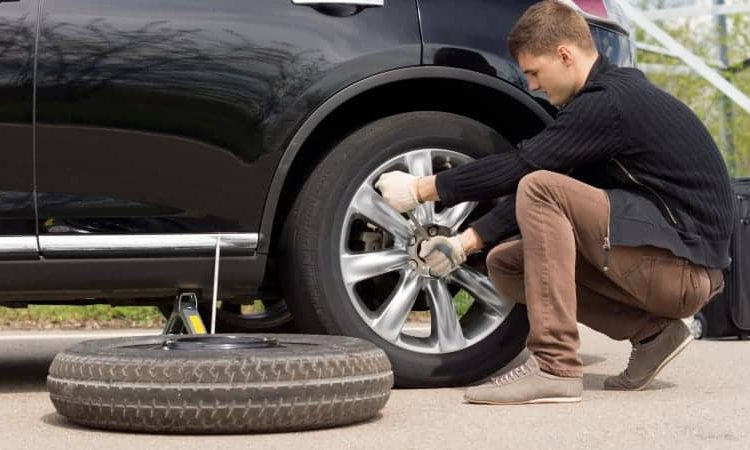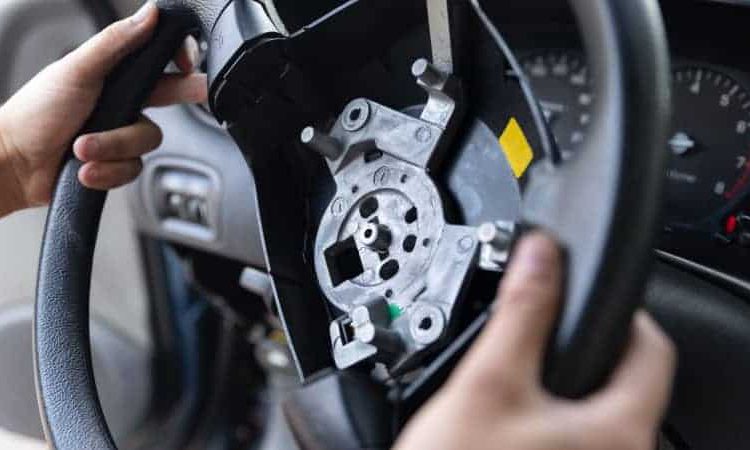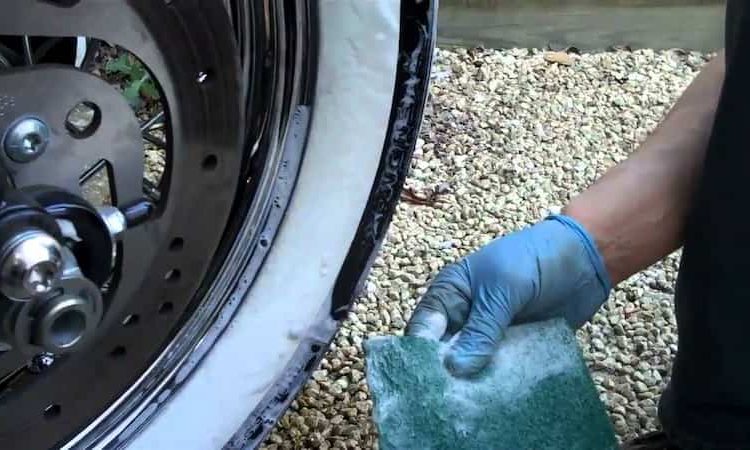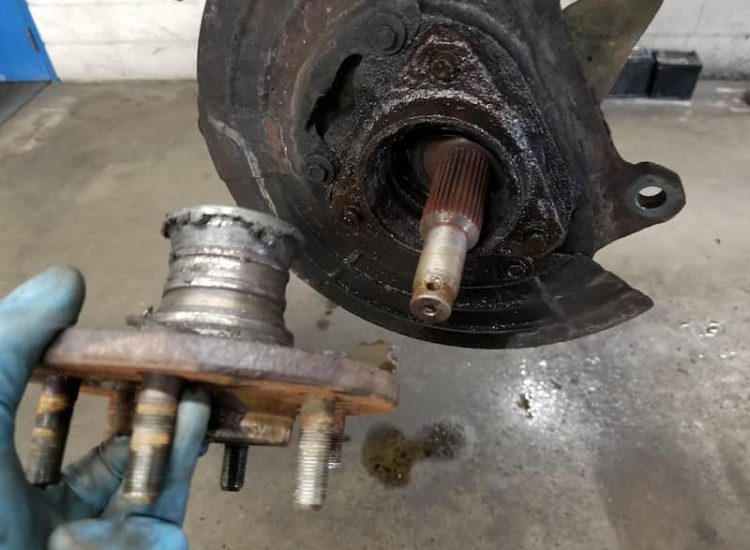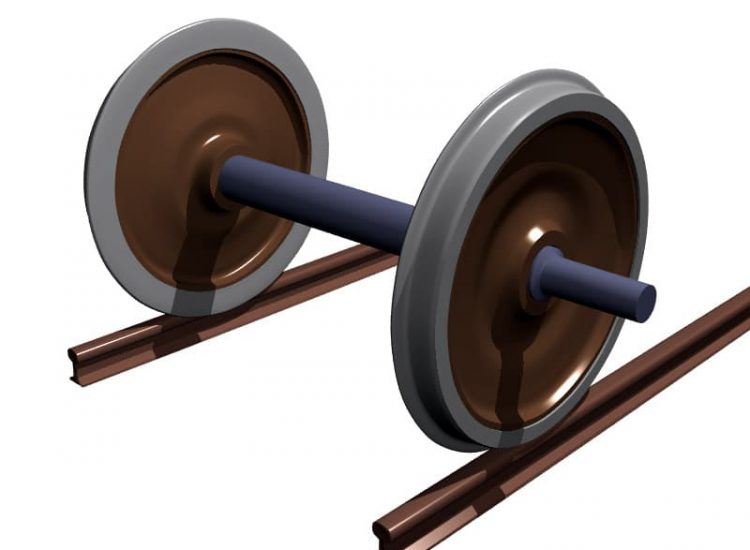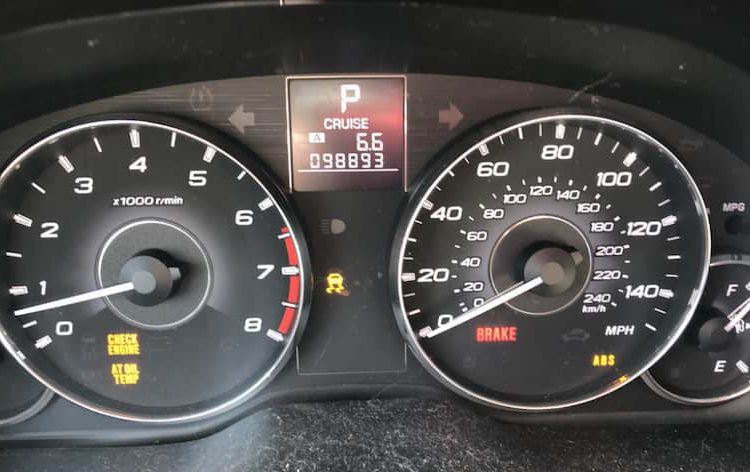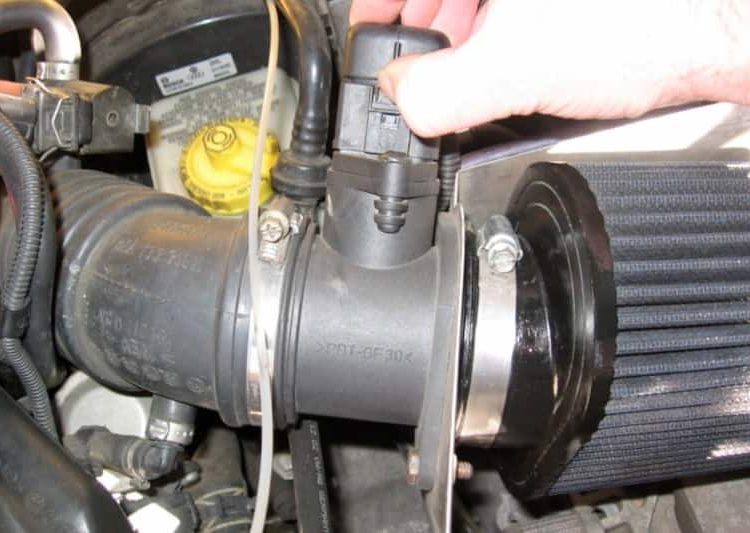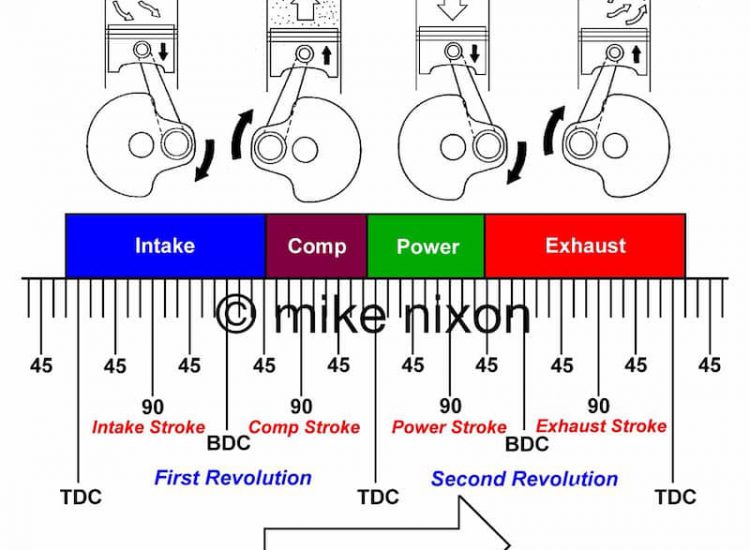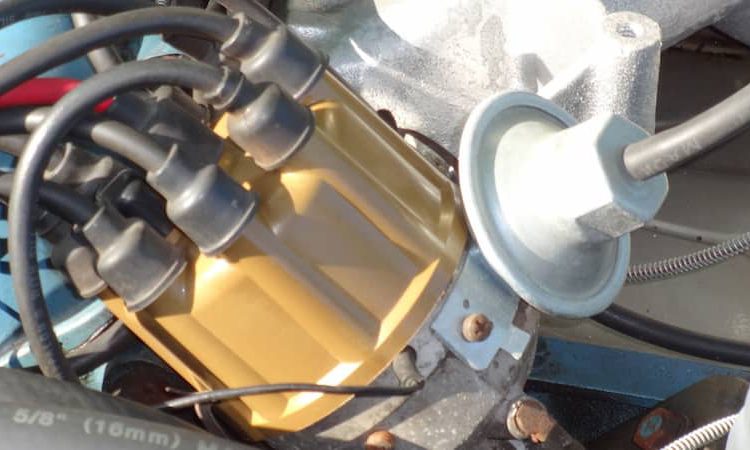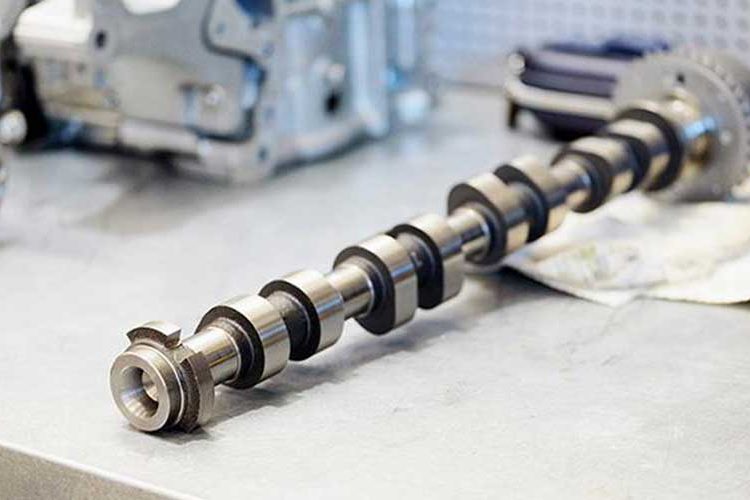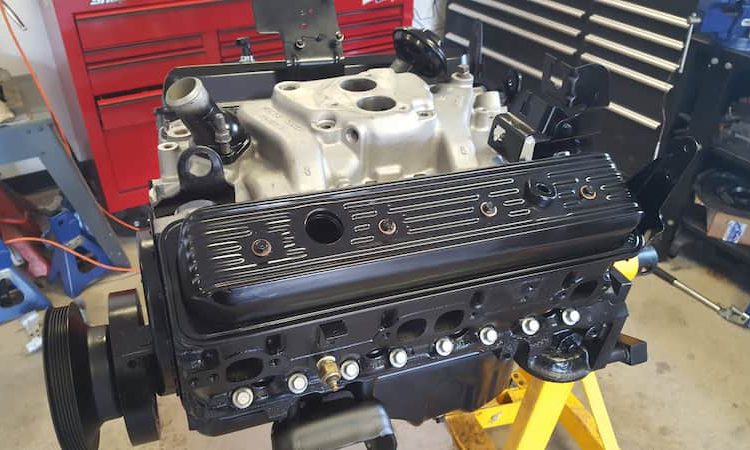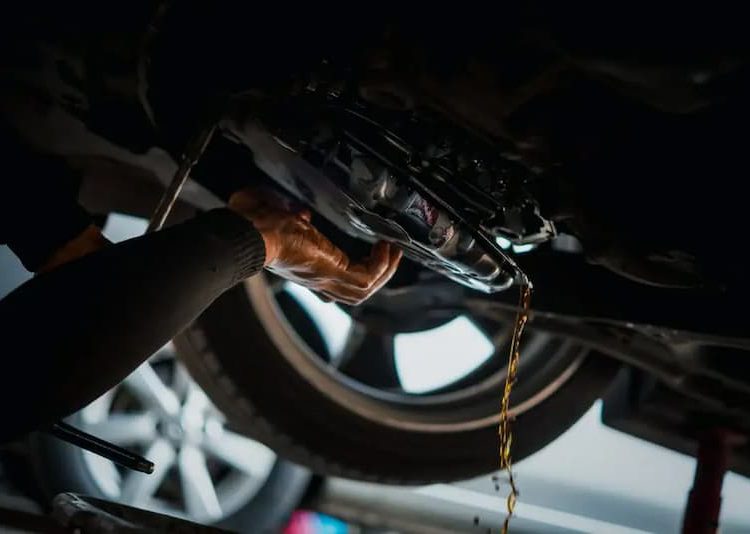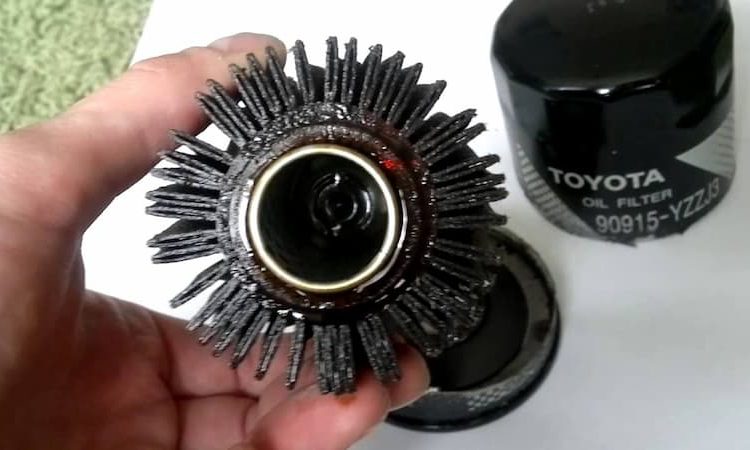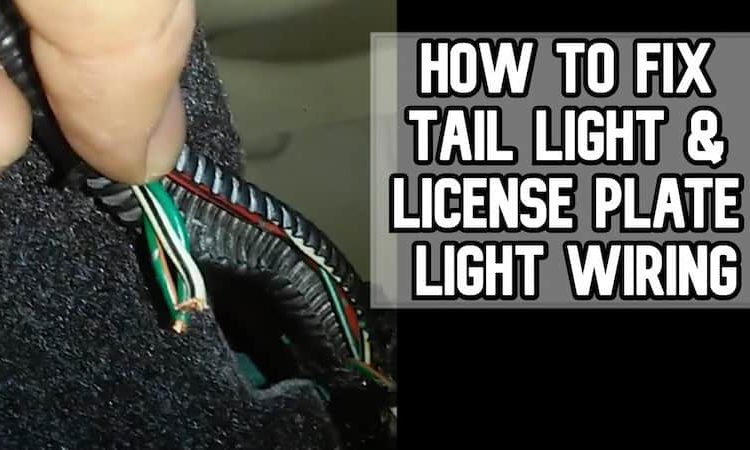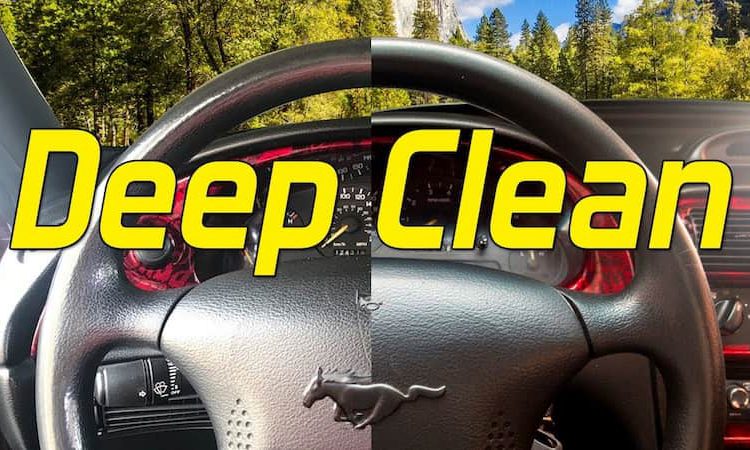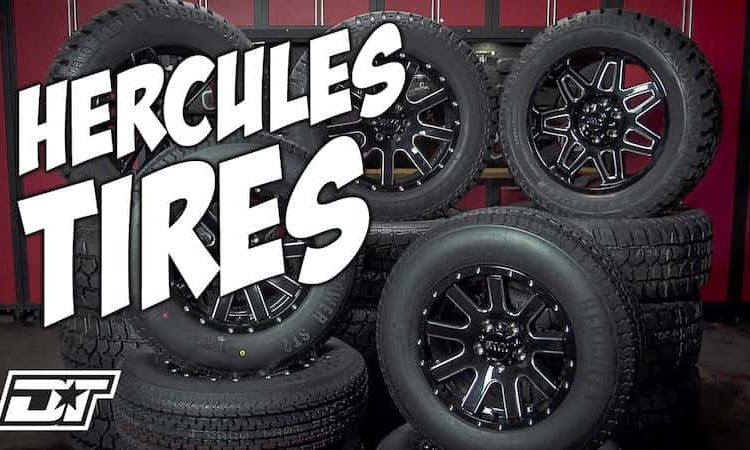As time goes by, your car will turn from a quiet and efficient machine to a loud and lazy mess. You should know how to maintain it and fix its little quirks before they drive you insane by the time this happens. Read this article on how to fix a squeaky belt with soap, and you will not have to worry about your car noises again!
Toc
Your Belt Becomes Squeaky: What Now?
Any car owner should know about the fan belt, as it is essential to a car’s engine as a whole. It connects different motor components to combine their power to need a lot of regular maintenance. The first call for help from the fan belt you will notice is the sounds it makes, so let’s find out why you should take note of this.
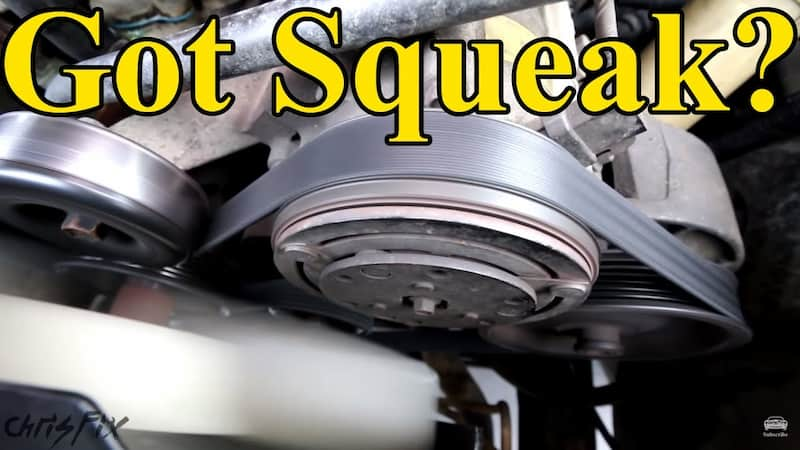
Why Does The Belt Squeal?
# Misalignment in the motor
The fan belt system is best known for connecting the pulley and the alternator to the cooling fan inside the engine. If any of these parts do not fit with the belt system, they will slip out of the belt’s reach. The rubber belt will squeak to let you know when this happens.
#Tensioner in bad condition
Your tensioner affects whether your belts’ harmony with their surroundings in terms of functional tension. Therefore, if your tension has been in your car for a year too long and worn out, it is hard to keep your engine in check.
Aside from age, if you purchase a bad tensioner with low quality, you will also face the same problem. If you have this, you will also hear a flapping noise along with the typical squeaking.
#Incorrect installation
Misalignment of the belt with other engine components can also be caused by improper installation. The belt will not make any noises for a time, so you will not notice it at first. This issue does not happen very often because the professional would always install the belts instead of the car owner.
#Weather effects
Your fan belts are made of rubber – a material that can suffer from the effects of extreme weather. Aside from the season’s changing, engine heat and dust can also give your belt a hard time. The change of texture from the temperature and moisture change will cause the belts to scream for help.
#Moisture and oil contamination
Sometimes, the belt alone does not create noise. Occasionally, water or other fluids can leak onto the belts and affect the belt’s overall quality.
#Basic wear and tear
Your fan belts will need to be fixed or replaced every once in a while, as it ages and gets more and more worn over time. When it’s time for the belt to leave your engine, it will let you know.
How To Diagnose A Squeaky Belt?
Aside from squealing noises, you can also check up on your belt with water. If you wish to know if your belt is still in good condition before it yelps for help, here’s how you can do it:
- Turn the engine on and put it into low idle for a solid minute.
- Lift your engine hood so you can take a careful look at the belts (you can also take this opportunity to check out the engine’s other parts as well).
- Prepare a spray bottle. If you can, an atomized sprayer is more optimal since it has a lower risk of missing its target and causing an overflow.
- Spray a bit of water onto the ribbed surface of the belt right before it reaches the pulley. While doing this, you should put on a pair of goggles to avoid water spriting into your eyes. Once the water hits the belt, you can listen closely to note the source of the noise.
- If the noise is louder after you spray, the belt is loose or worn. If the noise quiets down for a moment only to go back into a squealing, the belt is worn or badly applied. Any other case of unchanging yelping indicates that the problem lies with your auxiliary pump or your motor instead.
After the diagnosis, you can start to figure out what to do with it.
How To Fix A Squeaky Belt With Soap?
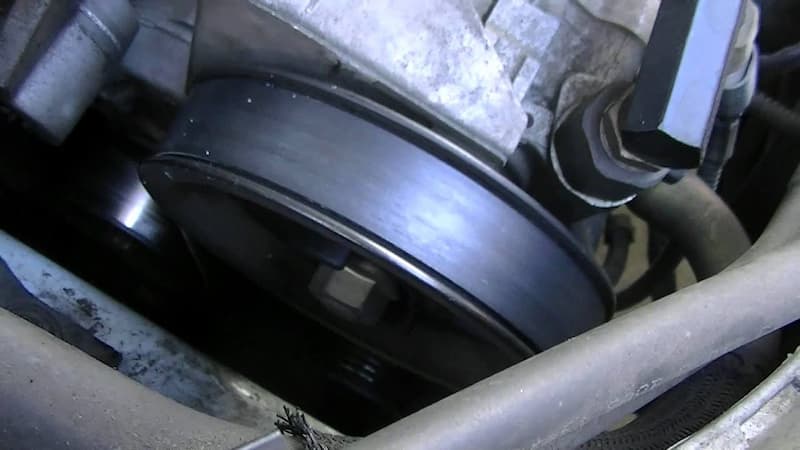
The most common way to cure a squeaky belt is with a bar of soap. It is not a very difficult fix, but it will take a bit of knowledge. These are the steps to do it, so grab your soap, and let’s begin:
- Switch off your engine because you will not want the soap to enter your system too deeply while you’re working and ruin the entire car.
- Carefully grab your soap bar and make sure it will not slip from your hands in the process. Scrub the soap on the visible part of the belt from your perspective.
- Switch on your engine to see if the squeaking noise persists after the rub.
This procedure, together with correcting the belt’s alignment, is only a short-term solution. Soap will wear off with time, but you can always reapply it once in a while. However, if your belt is in worse condition than the usual wear and tear, you should look for a replacement.
How To Fix A Squeaky Belt With Other Methods?
Aside from your soap bar, many other tools and solutions in your kitchen and garage can help with silencing the squeaks. Grab these instead after soap stops working for your car.
#With Oil
Soap helps you fix the belt’s flexibility and slipperiness, which is something you can do with your run-of-the-mill lubrication oil. Be sure not to overdo the oil application, or your belts’ noises are going to be even worse than before. Your belt has a higher chance of slipping off the grid more easily with oil on it.
Wax sticks are also viable options for lubrication in case you are bad with handling oil.
#With Grease
The use of oil on your noisy car belt is similar to how you’d apply lubrication oil. Please be careful with the application because overdoing it will give an oil overflow.
#By Resetting The Fan Belt
If the three lubrication substances do not shut the belt up, be sure to check if the belt is in its rightful position and has no loose points.
Reset the tensioner so your belts can fully contact the gears and deliver forces more smoothly. You can do this independently, but only with proper knowledge of your car’s inner workings. Usually, people leave this type of task to a workshop or a professional.
#By Putting A New Belt In
If all else fails, then it’s time to say goodbye to your old belt as they have become too fragile to carry the weight. You should leave a mechanic to do this, but you should also inform them of the belt model you used before to make sure everything fits nicely.
Start looking into belt replacements when you spot these symptoms from your car:
- The steering wheel becomes too stiff to turn. Fan belts affect the strength of the water pump, which in turn controls the steering wheel. When the belts become worn and tear up, you will have to steer harder with the wheel to compensate for the belt’s effort.
- The car becomes more difficult to start as the belt loses its ability to turn the alternator responsible for ignition.
- Your headlights and other fixtures in the car become weaker and dimmer. It becomes very evident and can cause accidents when you drive at night, so be careful to check the lights before you head out.
- Your engines become hotter by a few degrees at first but become scorching to the touch as time goes by.
- Your belt still squeaks, as we have mentioned before. If soap cannot fix it, it’s time for a new and better belt to be in your shopping cart.
Conclusion
It is not easy to learn how to fix a squeaky belt with soap when panicking over the noise, so calm down, and we have gone through this problem together. We start with lubricating and realigning, and if all else fails, we can look for a replacement; it’s simple. The squeaking noises will stop becoming annoying after you correctly deal with them!
